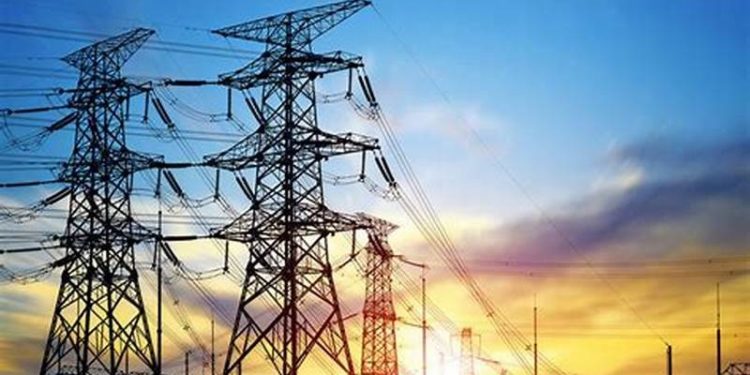Electric substations are critical infrastructural nodes within the power grid, serving as pivotal points for electricity distribution from power plants to consumers. These facilities are equipped to control the flow of electrical power and maintain the reliability and efficiency of the energy supply system. By stepping voltage levels up or down and performing essential switching, protection, and control functions, substations ensure that electrical energy is delivered safely and efficiently across vast distances to homes, businesses, and industries.
This blog explores the crucial role of electric substations in the power distribution network, highlighting their components, functionality, and the transformative impact they have on modern energy management.
The Role of Electric Substations
An electric substation is an intermediary facility in the power transmission system that switches, transforms, controls, and regulates the flow of electricity. It essentially acts as a hub where the voltage is either stepped up for long-distance transmission or stepped down for distribution to end users. This adjustment in voltage is crucial because it ensures that electricity is transmitted efficiently over long distances, minimising energy loss and maintaining power quality.
Key Components of an Electric Substation
Electric substations are composed of several key components, each serving a specific function:
- Transformers: These are perhaps the most critical components responsible for changing the voltage levels to suit transmission or distribution needs.
- Switchgear: This includes circuit breakers and switches that help in controlling the flow of electricity and protecting the substation from overloads or faults.
- Busbars: These are conductors that serve as nodal points for multiple circuits, distributing power within the substation.
- Capacitors: Used to improve the power factor of the system, thereby enhancing the efficiency of power transmission.
- Protection Devices: These include relays and arresters that protect the substation from damage due to electrical surges or faults.
How Electric Substations Work
The functioning of an electric substation is centered around routing and managing the flow of electrical energy:
- Receiving high-voltage electricity from power plants via transmission lines.
- Stepping down the voltage using transformers for local distribution.
- Routing electricity through switchgear, which directs it into various distribution lines.
- Monitoring and controlling the system to ensure safety and efficiency through protection devices and control units.
Benefits of Electric Substations
The strategic placement and robust functionality of electric substations bring several benefits:
- Efficiency in Power Distribution: By stepping down voltages to usable levels, substations reduce energy loss across the transmission lines.
- Reliability of Power Supply: Substations are equipped with multiple fail-safes and redundancies, ensuring a consistent power supply even in case of component failures.
- Flexibility in Energy Management: Modern substations are increasingly automated and can be controlled remotely, allowing for real-time adjustments based on grid demand and conditions.
Challenges in Substation Management
Despite their efficiency and critical role, managing electric substations poses several challenges:
- Ageing Infrastructure: Many substations are part of ageing energy grids and require significant upgrades or replacements to meet current demands.
- Cybersecurity Risks: As substations become more digitised, they are susceptible to cybersecurity threats that can disrupt power distribution.
- Environmental Concerns: Substations, especially those in urban or sensitive ecological areas, must be managed to minimise their environmental impact.
Partnering for Power Grid Excellence
Electric substations, as essential components of the power grid, play a crucial role in ensuring the efficient, reliable, and safe distribution of electricity. To enhance the capabilities and resilience of these substations, partnering with reputable energy brands can be invaluable. Such collaborations provide access to advanced technologies, expert management practices, and innovative solutions that drive the modernization and sustainability of power grids. If you aim to optimise the performance of your energy infrastructure, consider the strategic advantage of aligning with leading experts in the field. Reach out to trusted energy professionals today and empower your substation with the best the industry has to offer.









































































